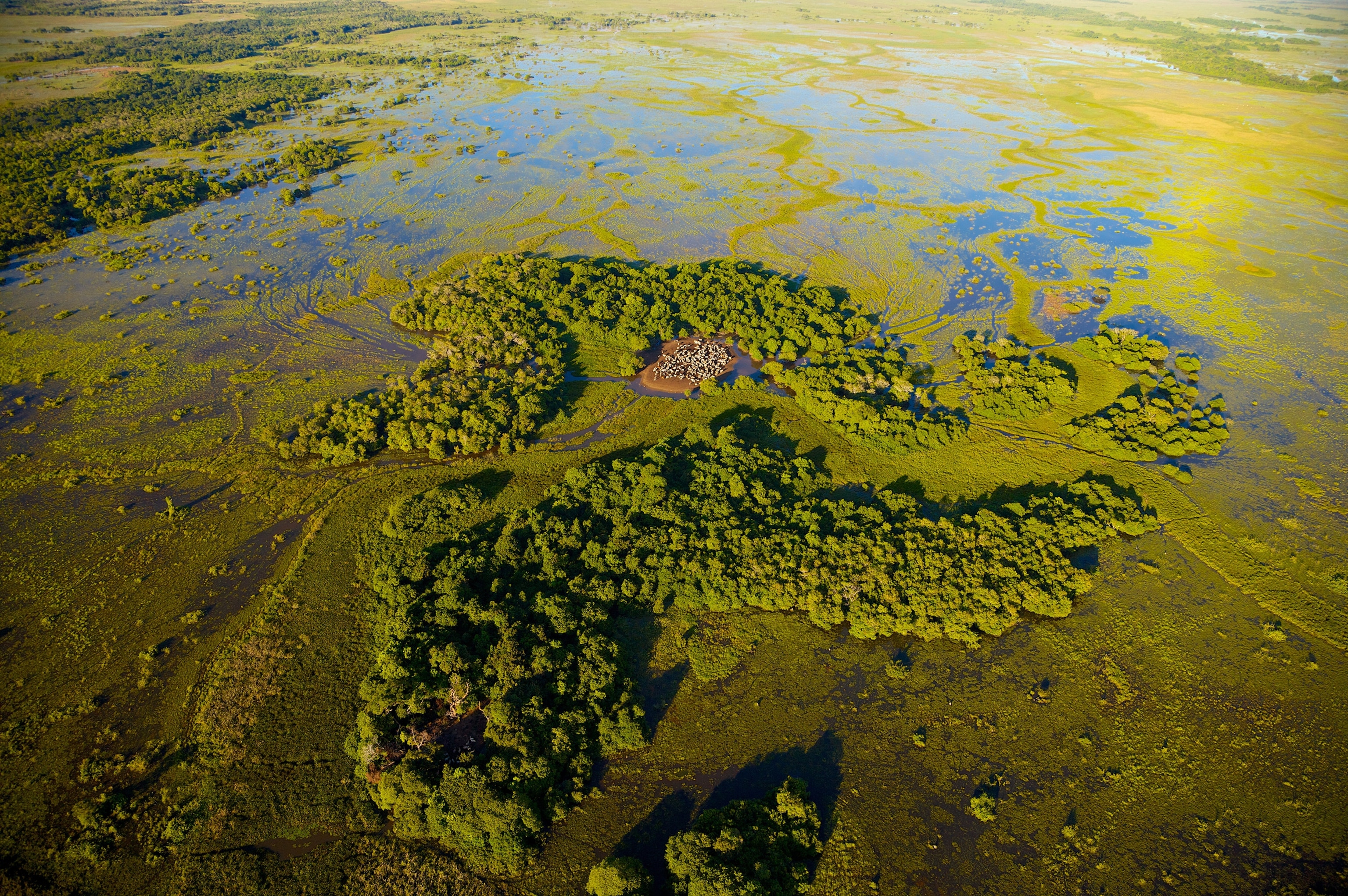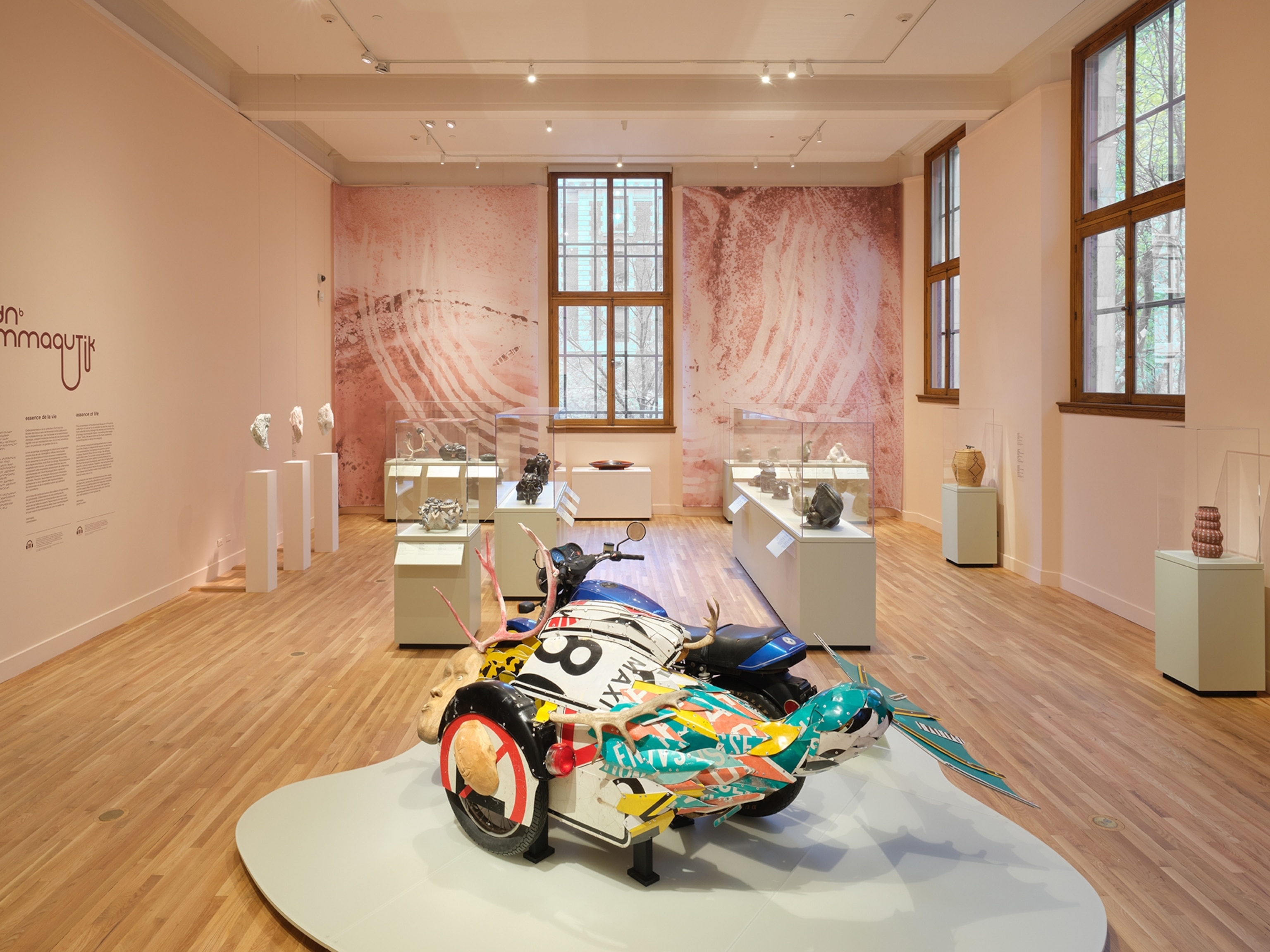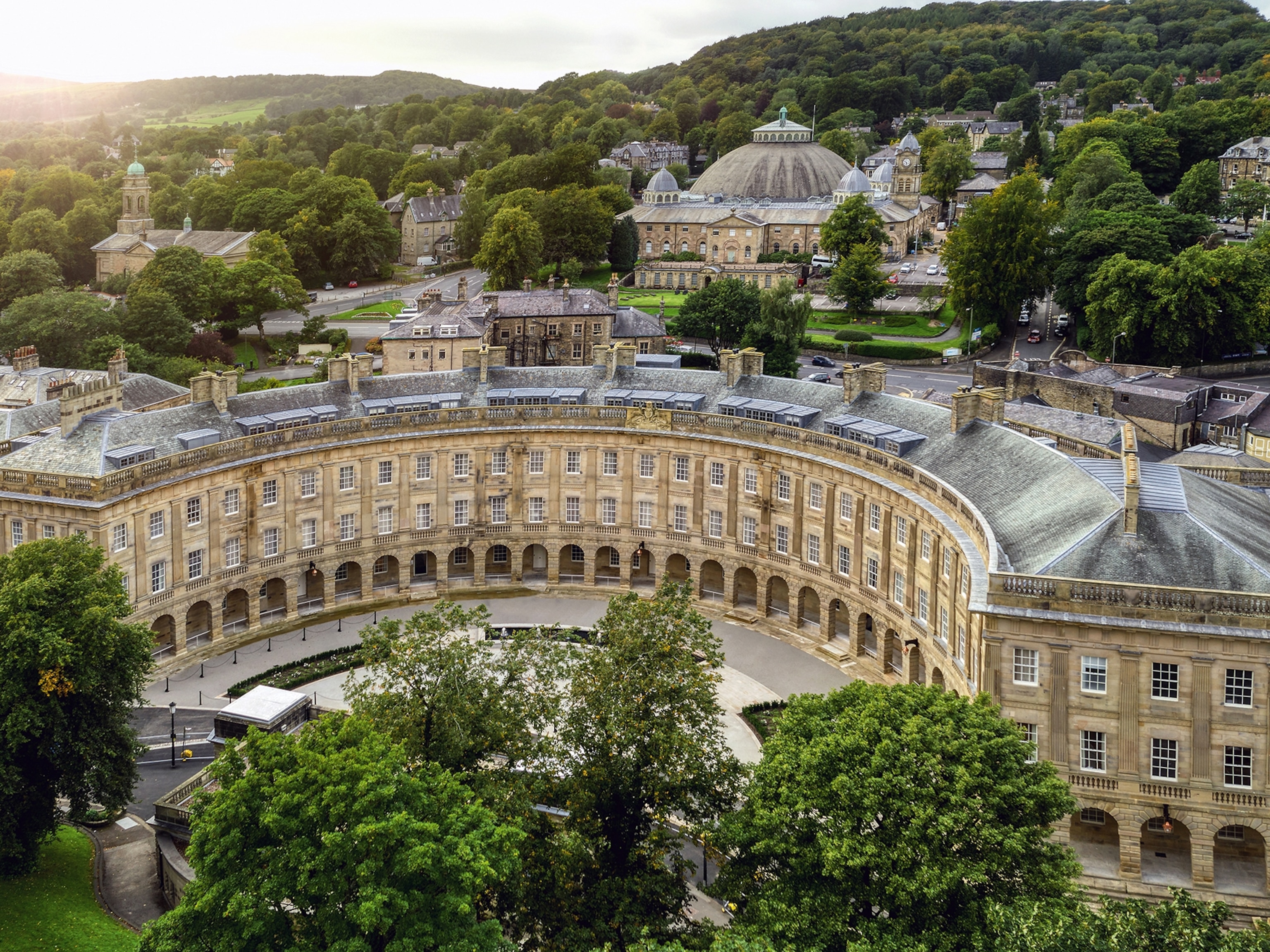
How to Explore the Pantanal
Explore the Pantanal from all corners with this guide to the beauty of this national park and UNESCO World Heritage site.
The Pantanal is the world’s largest wetland, pooling over 81,000 square miles (210,000 square kilometers)—an area nearly the size of Kansas—in the center of South America, mostly in central-western Brazil and straddling the borders of Paraguay and Bolivia. Often overshadowed by the Amazon to the north, the Pantanal quietly harbors the highest concentration of wildlife in South America. It’s part national park and part UNESCO World Heritage site, and it’s considered a critical region of the world by the World Wildlife Fund, which estimates that 325 species of fish, 159 species of mammals, 656 species of birds, 53 species of amphibians, and 98 species of reptiles live in this hotbed of biodiversity.

If You Go
The Pantanal teems with life in every season. The dry season, July to October, is the best time to see mind-boggling concentrations of wildlife clustered around water holes. The flooded and receding waters from April to July showcase a special landscape that’s a favorite among photographers. Timing varies slightly from north to south as floodwaters flow downstream. Travel during the flooded season often requires boats and small airplanes.
Northern Pantanal
Fly into Cuiabá and drive 1.5 hours to Poconé to access the Transpantaneira, a thoroughfare that crosses more than 122 bridges as it traverses the northern Pantanal. Lodges dot the route, offering packages that can include jeep safaris, horseback rides, trekking, canoeing, and other activities. Good choices are the Araras Eco Lodge or the more basic Pouso Alegre. After 90 miles, the road dead-ends in Porto Jofre, which is the best place in the Pantanal to see jaguars (in the dry season). Hotel Porto Jofre is a pleasant spot to rest your head.
Southern Pantanal
To access the southern Pantanal, fly into Corumbá or Campo Grande. From Corumbá you can board a riverboat (Joice will cruise you in style) or access simple lodges along the Estrada Parque, a dirt road that crosses the southern Pantanal. Passo do Lontra has basic rooms or hammocks for rent, offering a glimpse into life as a cowboy. The Pantanal Jungle Lodge is a notch higher on the comfort scale.
Midway between Corumbá and Campo Grande is Miranda, another good home base. The Caiman Lodge here is an excellent choice, located on a 131,000-acre (53,000-hectare) farm and ecological refuge. If you really want to get out in the sticks, hop a charter flight to Aquidauana to stay at a lodge in the Negro River region. Barranco Alto Eco-Lodge and Barra Mansa Pantanal Hotel are both right on the riverbank.
- National Geographic Expeditions
Bonito Bonus
Combine a visit to the southern Pantanal with Bonito, an ecotourism hub replete with wildlife, waterfalls, caves, and crystal clear rivers where you can snorkel amid hundreds of fish. Coupled with the Pantanal and a few days in Rio de Janeiro, you have all of the ingredients for an unforgettable 10-day adventure.
Avery Stonich is a freelance writer based in Boulder, Colorado, who has traveled to more than 50 countries in search of adventure. Visit her website at averystonich.com and follow her on Twitter and Instagram.





